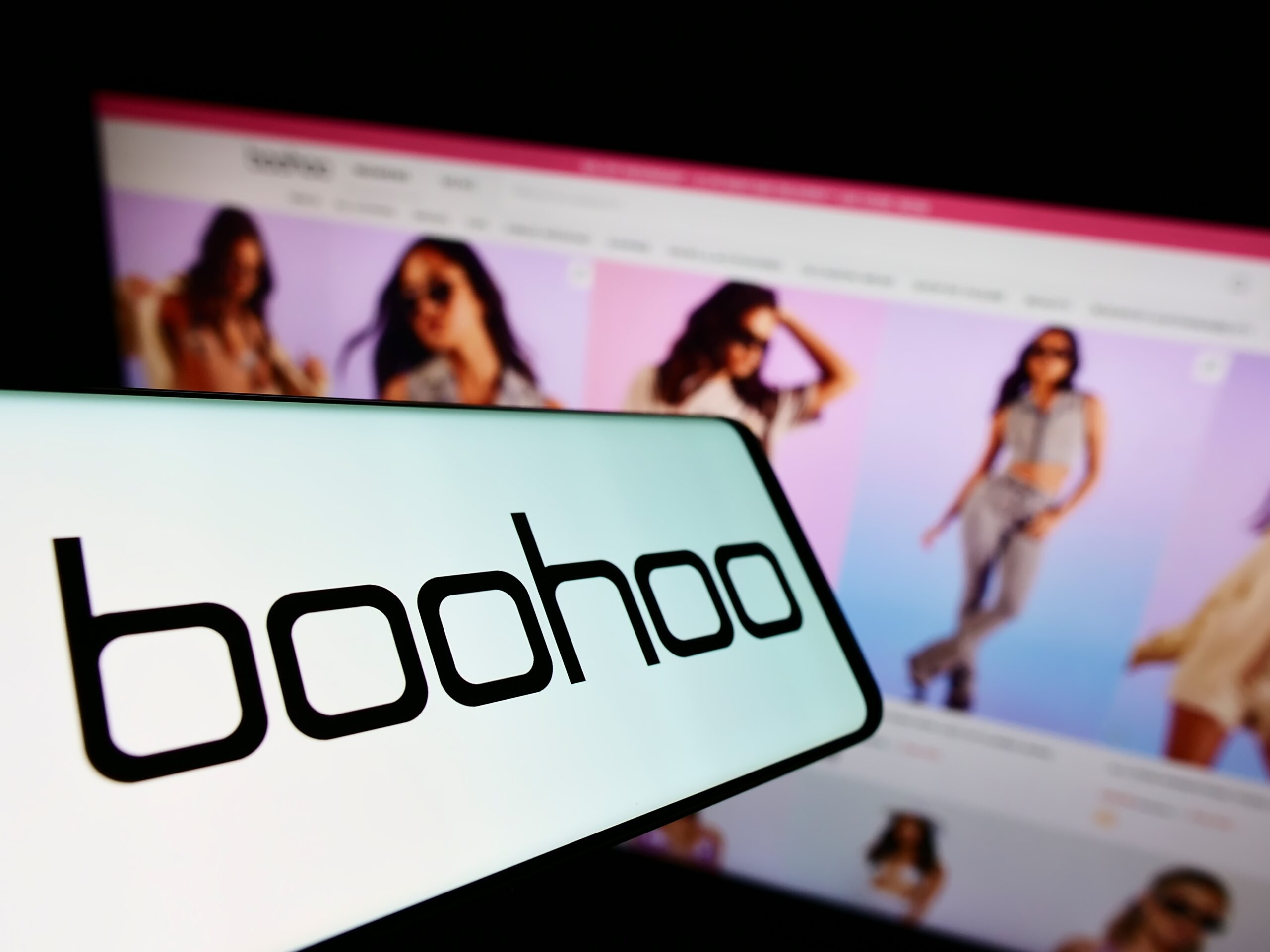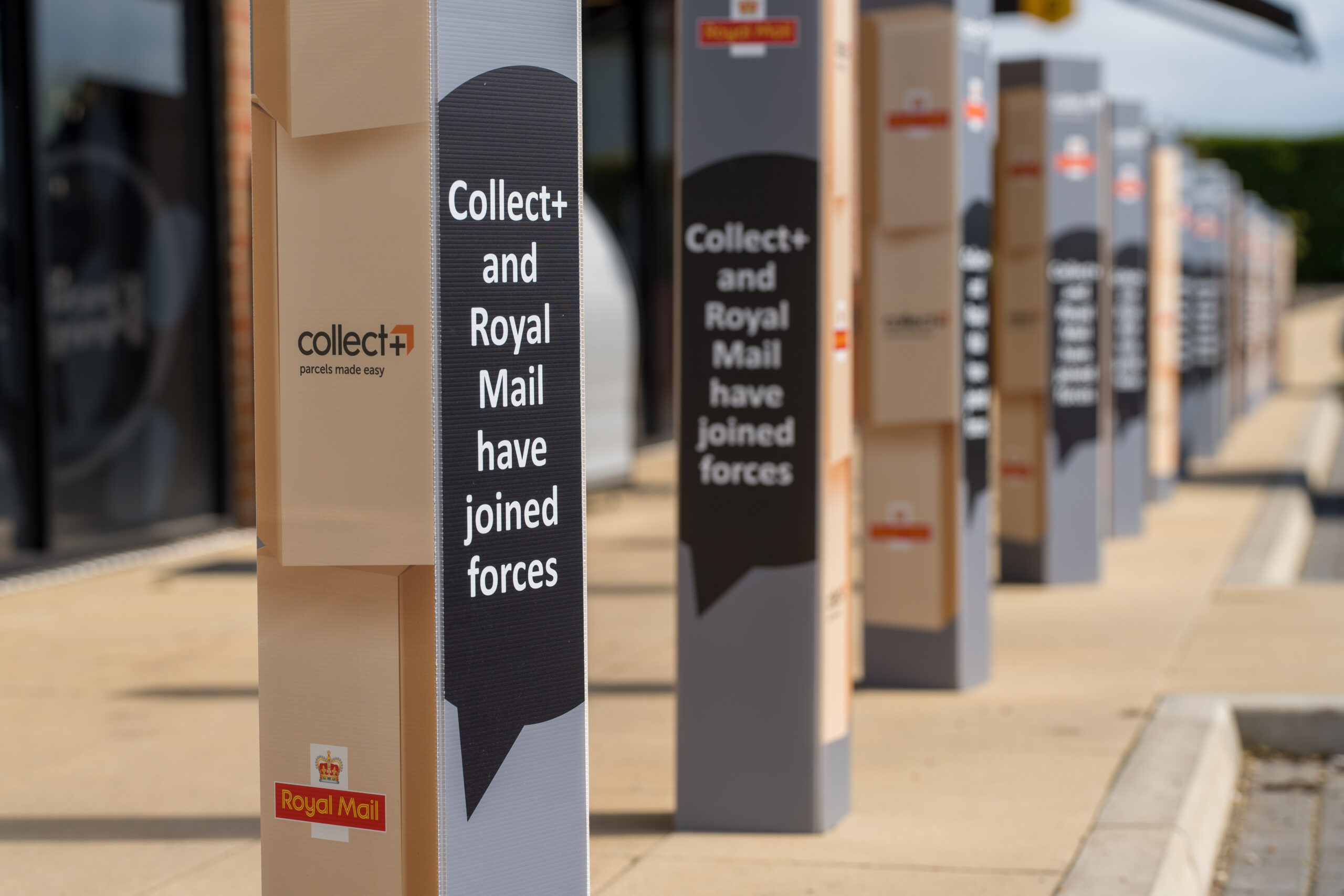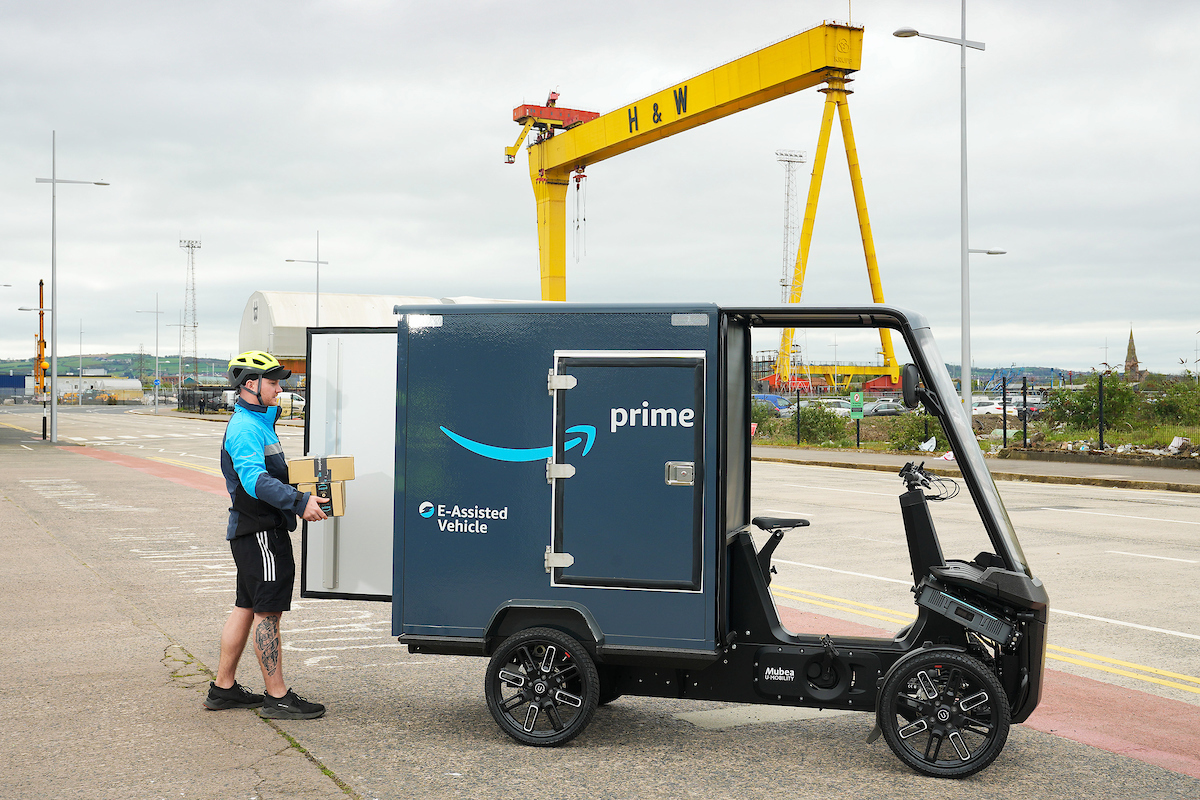With news that global performance footwear and apparel company Brooks Running has selected the TrusTrace platform to deepen visibility across its manufacturing supply chain, DeliveryX sat down with Dave Kemp, director, corporate responsibility at Brooks.

Q: Why is it so important for retailers to have not only visibility of your whole supply chain, but to really have traceability?
We don’t own our manufacturing, so first of all we need to know which factories are making not just our products, but the components and materials that go into it.
At Brooks, we’re fortunate we have really strong relationships. We know who our tier one manufacturers are. They’re the factories that are making the final product – a finished running shoe, a finished running short or running top. We have direct relationships with them.
Then actually we’re fortunate that we have really strong relationships with our tier two manufacturers – the manufacturers making materials or components that go into our product. It could be a big role of textile or a finished midsole that goes into our running shoes. Just over the years, we’ve built strong relationships with those factories.
But then as we get deeper into the supply chain, the tier three and four, that’s where that sort of that visibility starts to break down.
We don’t understand who those are and that’s becoming increasingly important for a number of reasons. Probably the top of that list would be legislation, it is really driving the need for brands like Brooks to really know who’s in your supply chain all the way down to that tier four level.
There’s this growing expectation from a whole host of stakeholders to really not just know who’s in your supply chain all the way down to tier four, but also to be transparent about it. We’re seeing that from NGOs, industry associations and retailers are starting to ask the questions.
And then the consumer, the Brooks customer, there’s an increasing desire for them to know who’s in the supply chain.
The apparel industry supply chains are pretty fluid. They change, we work on a seasonal basis and while we have good consistency with a core set of suppliers, outside of that there’s an amount of flux. There’s new suppliers coming in, there’s suppliers going out. There’s a real need to stay on top of that, to continuously have this visibility into our supply chain.
Q: Is there an element where partnerships on one hand is critical, but there’s also implementing the right technology – the right technology partner – even automation down the line to streamline this process?
That’s where we came across TrusTrace. We have visibility of tier one and two, but that’s where it stopped. Trying to scale that understanding of the supply chain at a deeper level without technology is very, very difficult.
I would need to grow my team exponentially to be able to do that and to keep it relevant, up to date and continuously have that visibility. Technology is important to enable that.
That’s why, a good year ago now, we searched into what is the technology out there that could help us to have that visibility and then to a certain extent automate and really increase the efficiency there.
The other piece about technology is it’s really evolving all the time to help brands like Brooks really make sure they comply with legislation, not just the legislation that exists today, but also future pending legislation.
Q: You’ve mentioned Brook’s customers becoming increasingly conscious. They want greener products, greener delivery, greener packaging. How does this work that you’re doing fit into your wider sustainability goals?
We definitely see the consumer expectation for more sustainable product. It’s increasing, especially as the Millennial and Gen Z population comes into purchasing power.
We have an internal consumer insights team that’s really bringing some data behind that and really validating that is the reality that we’re living in.
When it comes to traceability of the supply chain, that is an important part of that. It’s not just about the materials that go into your product or how the product is manufactured, it’s also about where it’s manufactured and where the raw materials are coming from as well.
That’s not just a part of our responsible sourcing programme, but our overall corporate responsibility efforts. It’s part of our People and Plant Path. We have a host of targets that we’re working towards, in 2025 and in some cases up to 2030.
It includes making sure that our factory partners comply with our code of conduct, and we’re starting to expand that deeper into our supply chain now to include our tier two suppliers. I can see us in the future probably expanding that further.
It all ties back to the traceability. It’s also interesting because we can leverage the insights from this deeper visibility, not just with a responsible sourcing lens, but also from an overall sustainability lens.
It’s helpful when we think about our product and the sustainability of it. We do things like a life cycle assessment of our product to understand the overall impact. An important part of that is the materials and the raw materials and where they’re coming from. So this new insight is enabling that to get more accurate in those assessments. It’s pretty wide reaching in terms of the impact we can leverage from it.







